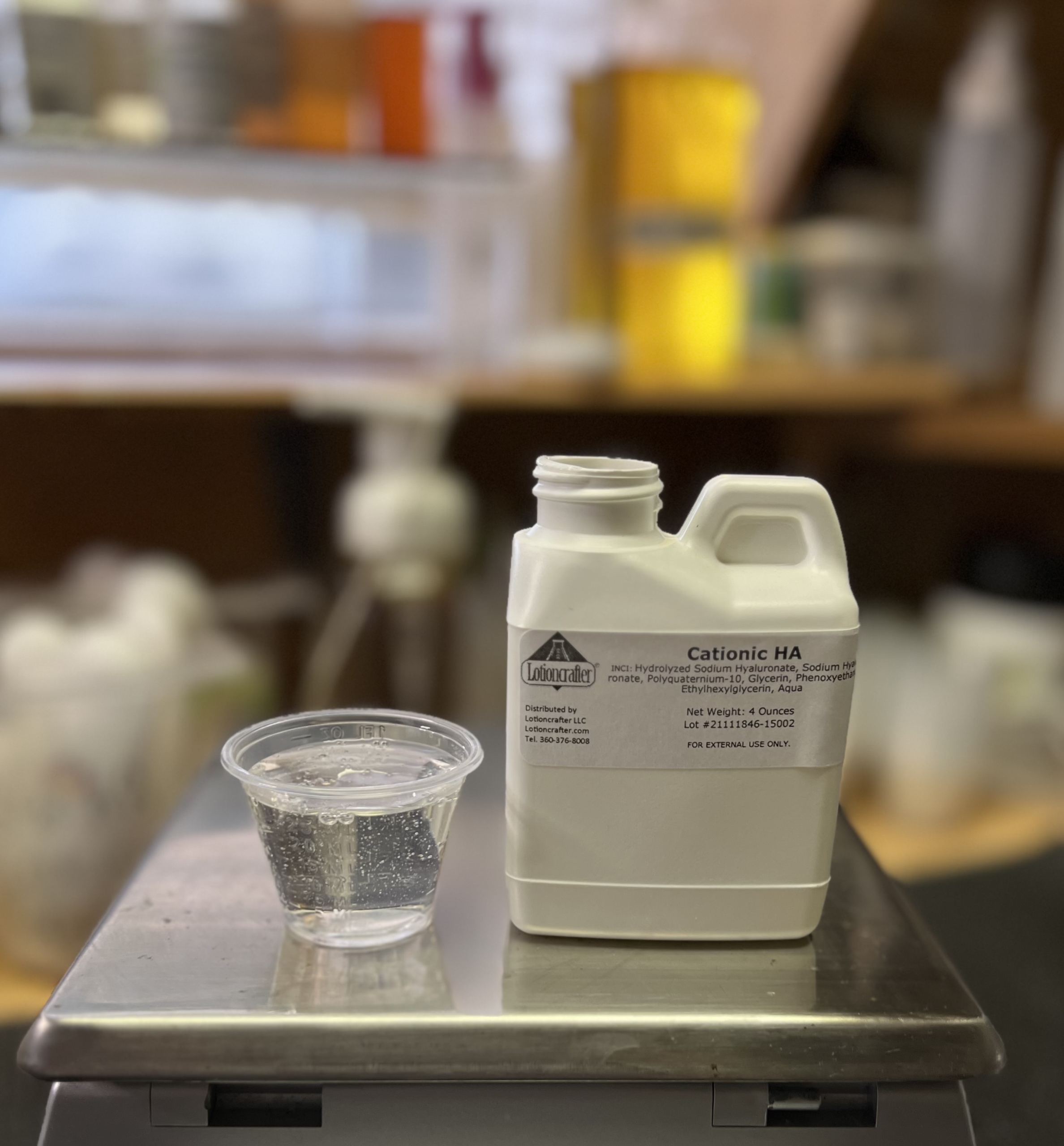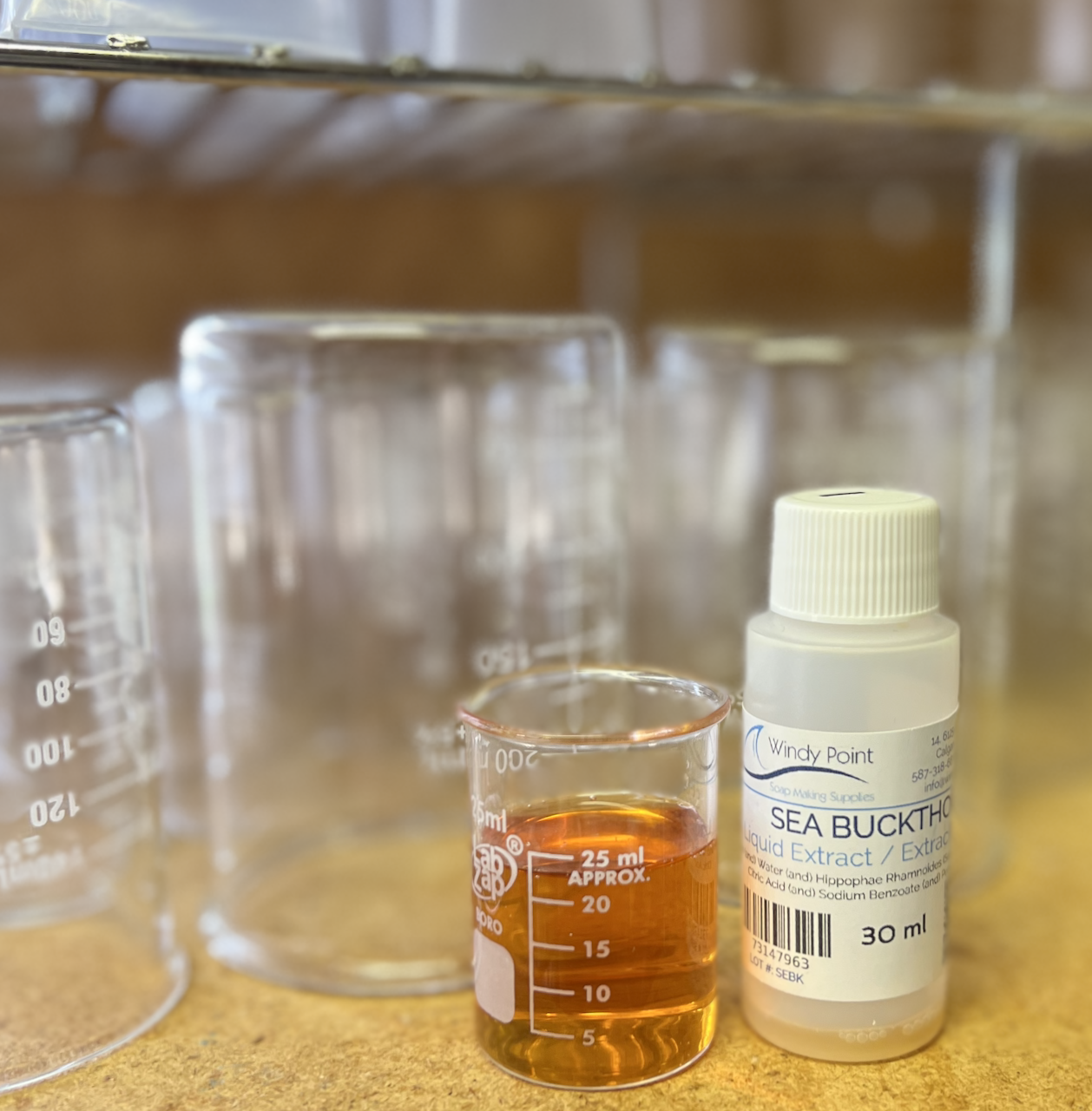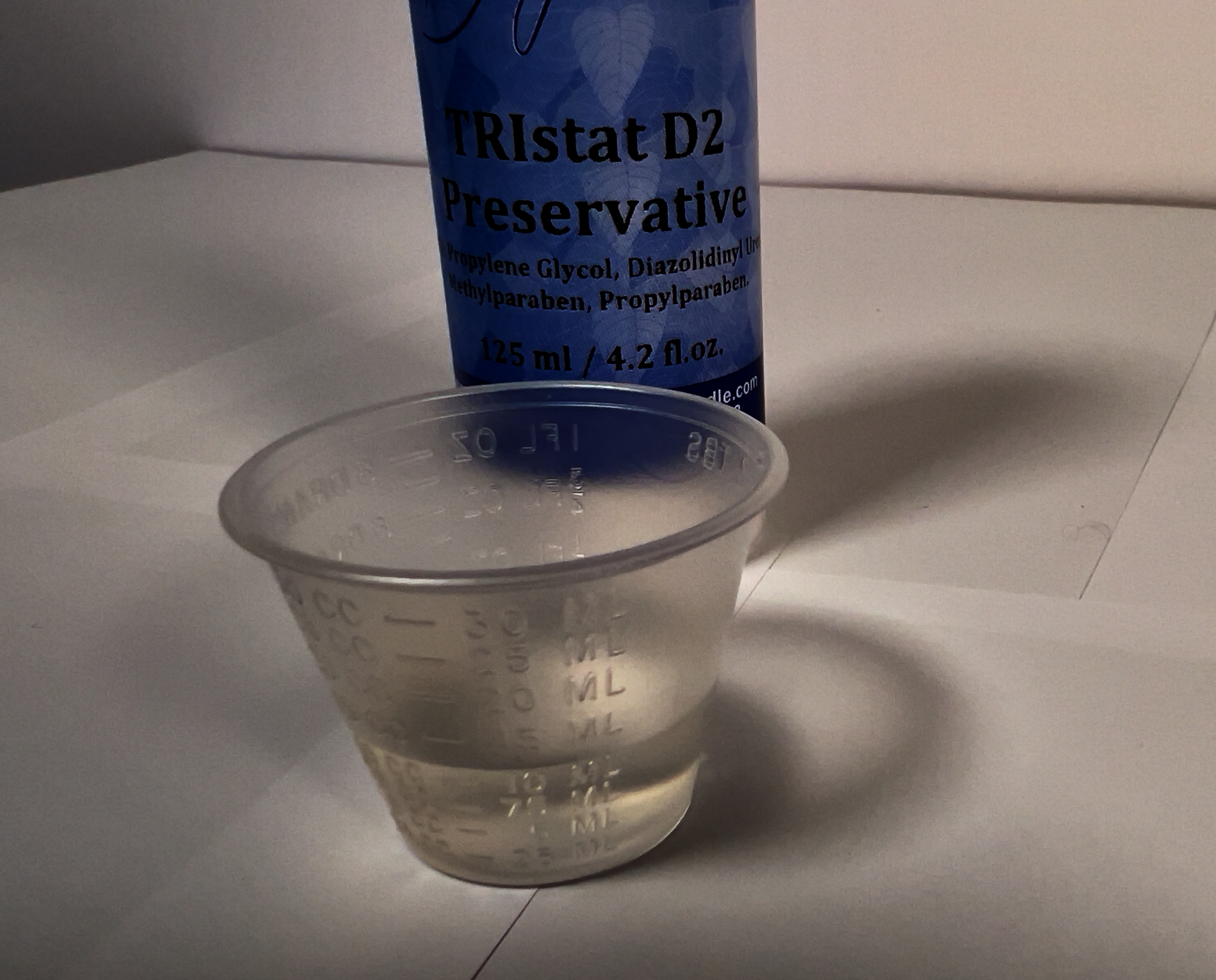#alltheingredients: Cationic HA – positively charged hyaluronic acid blend
Let’s take a look at this interesting cationic blend of hyaluronic acid combined with a polyquaternium (conditioner) and glycerin (humectant) that we can use in hair and skin products to condition and offers all kinds of interesting properties. We met this ingredient and formulated with it in October’’s e- book, Creating light lotions, part two:...




